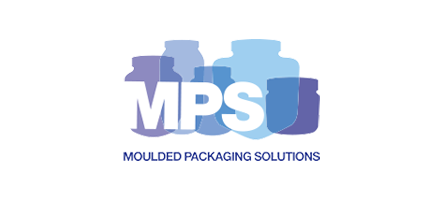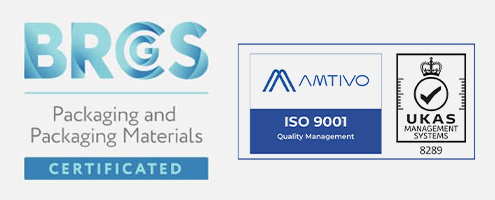What is Polymer Manufacturing? A Guide for Businesses
Imagine moulding a material like clay, but it’s lighter and more durable. That’s what polymer manufacturing does for businesses. It offers the power to shape plastics into various forms using heat or pressure.
The versatility of polymers allows us to produce anything from simple round shaped containers to intricate custom designed sweet jars for confectionary.
Variety in Products
A major benefit is the sheer variety possible with polymer manufacturing. Think about PET (Polyethylene Terephthalate), used widely in packaging due to its excellent water barrier properties and chemical resistance.
This plastic can be shaped into any form needed – bottles, trays, even car components. The potential is limitless when you have these materials to work with.
Sustainability Factor
In an era where sustainability is key, polymers are more appealing for plastic manufacturing. They’re recyclable and help reduce waste significantly compared to traditional materials such as glass or metal that often end up in landfills unprocessed.
Research published suggests recycling rates for plastics could improve if we invest more in innovative processing techniques like polymer manufacturing.
Economical Choice
Last but not least let’s talk money: Polymer products tend to be cheaper than their non-plastic counterparts because they require less energy during manufacture which translates into lower costs for businesses.
When you’re looking to cut costs and still deliver high-quality products, polymer manufacturing is the way to go. No wonder it’s becoming a staple in many industries today.
Types of Polymer Manufacturing
With the Polymer manufacturing process, plastic materials like P.E.T., can be categorised into several different types. These include addition polymerisation and condensation polymerisation.
Addition Polymerisation
This is a popular method where monomers with double bonds are added together without losing any atoms. It’s regularly utilised in producing polymers such as polyethylene and PVC (Polyvinyl Chloride). This type of manufacture lets us get products that have high resistance to heat, chemicals, and electricity. Plus, it’s quite cost-effective.
Condensation Polymerisation
In contrast to addition polymerisation, condensation polymerisation involves the elimination of small molecules during the reaction process – usually water or methanol. Nylon and polyester are typical examples made using this technique.
Nylon: It has superb tensile strength – perfect for use in ropes or parachutes. Also great for its ability to return to its original shape after stretching.
Polyester: Known for its resilience against shrinking or creasing – think about your easy-care shirts. It also dries quickly which makes it handy in rainy weather.
Moulded plastics play an important role here too; they’re created through a process called injection moulding.
A fun fact: Did you know Lego bricks are made from ABS (Acrylonitrile Butadiene Styrene) using injection moulding?
SO in short, the different types of manufacturing processes – each one brings unique properties suited best for specific applications. When deciding which technique is best for your requirements, be sure to know precisely what those are.
Cost-Effective Solutions
Polymer fabrication could be a game-changer for companies, particularly in terms of reducing costs. This process offers several advantages that make it more economical than other production methods.
Firstly, polymers are generally less expensive than materials like glass or metal. But the real saving comes from their versatility and ease of shaping into various forms such as moulded plastic containers P.E.T., making them perfect for diverse product lines without needing separate machinery or processes. Injection moulding, one common polymer processing method, is known for its efficiency and low waste rates.
Economical Material Usage
The ability to recycle leftover polymer material further adds to cost-effectiveness. Unused scraps from one run can be melted down and reused in the next batch of products, reducing overall raw material costs.
Reduced Production Time
In addition to this, because polymer components don’t need extra finishing steps like painting or coating unlike metals, they move faster through the production line – saving both time and money on labour costs.
Savings on Transportation Costs
Last but not least is transportation – due to their lightweight nature compared with traditional materials; shipping these items often proves cheaper too.
FAQs about the Polymer Manufacturing process?
Why are polymers used in manufacturing?
Polymers pack a punch for manufacturers because they’re lightweight, versatile, and durable. They can be moulded into various shapes and sizes to fit specific needs.
What is the polymer industry?
The polymer industry centres on creating synthetic materials like plastics, resins, fibres – stuff that comes from petrochemicals. It’s huge in sectors such as packaging, automotive, or construction.
What is the difference between a polymer and a plastic?
All plastics are polymers, but not all polymers are plastic. Polymers cover a broader range of substances including proteins and DNA, while plastics refer to synthetic polymers with high molecular weight.
What is an example of a polymer product?
Polymer products pop up everywhere. Think Tupperware containers or PVC pipes. Even clothing made from polyester falls under this category.

